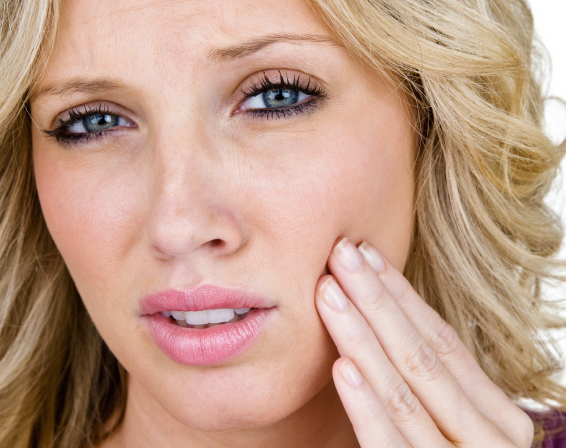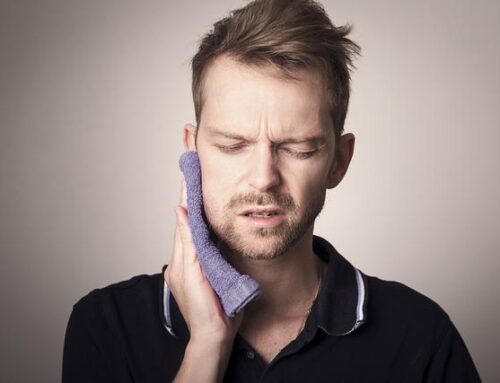When you hear the term temporomandibular joint disorder (TMD) what comes to mind? Many people automatically think pain in the jaw. While jaw pain is one of the most common symptoms of TMD, it is not the only one associated with this condition. To help you get to the bottom of your TMJ pain, Craniofacial Pain & Dental Sleep Center of Georgia and Dr. Mayoor Patel offer further insight into other areas that experience pain when you suffer from TMD—there’s more than you realize. Let’s take a look:
The Ears
Yes, your ears can experience aches and pains when you suffer from TMD. Other than when you were a child, you may not have experienced pain in your ear. Or, if you did, you simply brushed it off as a mild irritation. However, ear problems are also linked with TMJ disorders. During the growth and development of the structures of your ear, the temporomandibular joint and the jaw muscles originate from similar cells—this means they share nerve pathways that can influence muscle tone and performance. Take a look at the muscle that determines the size of the Eustachian tube (ear pressure). It is directly influenced by the same nerve that serves the jaw muscles and TMJ. As a result, you might experience ear pain due to the changes in the way the Eustachian tube affects the ear. So, remember, ear pain is not always just a mild irritation—it might be more serious than you think.
The Sinuses
That’s right! Your sinuses can be directly influenced by your TMD. When you suffer from TMD you can also experience pain in your sinuses. Sinus symptoms can often be mistaken for the common cold, sinusitis and other infections, but it could be TMD because of the complaint of pain and pressure in the sinuses—even though there is no presence of a sinus disease, infection or inflammation. This happens because of the mechanisms of referral, which means the site of the symptoms is not the origin of it.
Your jaw muscles can refer pain to the sinus region, making a diagnosis difficult. Muscles that are tight, inflamed, and fatigued due to overuse behaviors and sleep bruxism commonly lead to sinus pain. As a result, TMD therapy that reduces muscle problems can help provide relief of the sinus symptoms. You can also try the following to help relax your tense, overworked muscles to find relief from sinus pain:
- Jaw muscle exercises
- Jaw conditioning
- Massage
- Bite plates
- Injection therapy
If you are experiencing jaw, ear or sinus pain, contact Dr. Mayoor Patel at Craniofacial Pain & Dental Sleep Center of Georgia for more information on TMD and to determine the best treatment options available. Seeking treatment is vital in relieving your pain so you can complete your daily activities without the disruption of pain.






